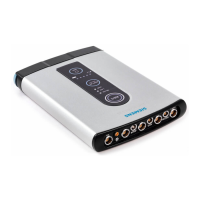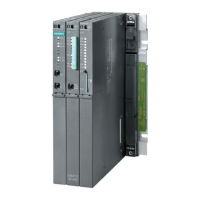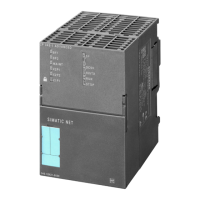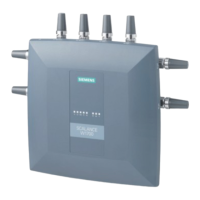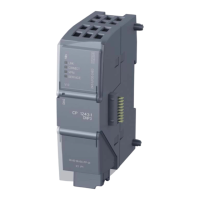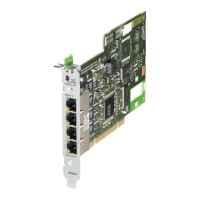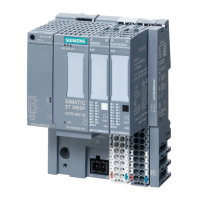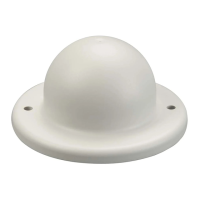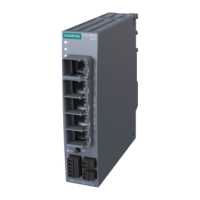Network structures and network configuration
2.1 Integration of a production network in an enterprise network
Industrial Ethernet
74 System Manual, 09/2019, C79000-G8976-C242-10
● Latency periods during operation can often not be accepted; in some cases, real-time
capability is required. Fieldbus systems have been optimized for these special
requirements. Office IT components for Ethernet do not fulfil these specific requirements
or not to a sufficient extent. The increasing prevalence of Ethernet and IP-based
communication in the industrial environment makes devices that are optimized for this
application necessary, for example, SCALANCE devices suitable for TSN. In addition, the
devices have to be suitable for industry protocols that are often used, such as
PROFINET.
● The use of IP-based networks for manufacturing and process automation makes these
systems vulnerable because a connection to the Internet or to an office network almost
always exists. The damage expected in case of an attack on an automation network is
much greater than that of an attack on an office network - up to material damage and
danger to persons. To exclude unauthorized accesses, the devices used for this purpose
must have fundamental security functions. You can find further information in the section
"SCALANCE S Industrial Security Appliance (Page 261)".
● Remote maintenance is a particular problem with regard to network security because in
this case external participants have to access devices and plants. Devices of the
SCALANCE S and SCALANCE M series allow access for remote maintenance of
machines and plants without access to the plant network.
● Because the investment costs are usually higher, industrial plants are used for a notably
longer time than office IT components. This means that in the case of industrial IT
components, updates for operating systems and application programs have to be
available over periods that can be notably longer than ten years.
● The process automation places very specific requirements on components and control
engineering. Thanks to their particular suitability for process automation, the devices of
the following series fulfil the Siemens classification "PAready":
– SCALANCE XC-200EEC
– SCALANCE XF200-2BA
– SCALANCE XP-200EEC
To fulfil the requirements of the "PAready" classification, a device must support the
following technologies or standards:
– Simple S2 system redundancy
– MRP (Media Redundancy Protocol)
– CiR (Configuration in Run)
Configuration in Run is a function that allows plant and configuration changes, such as
adding or modifying hardware, to be carried out in run without stopping the plant. The
expansion H-CiR is available for applications in which high availability is required.
In addition, the devices of the specified series conform to NAMUR NE 21. These devices
are available in a version for extended ambient conditions (conformal coating and an
extended temperature range of -40 to +70 °C).
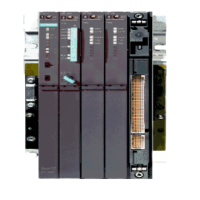
